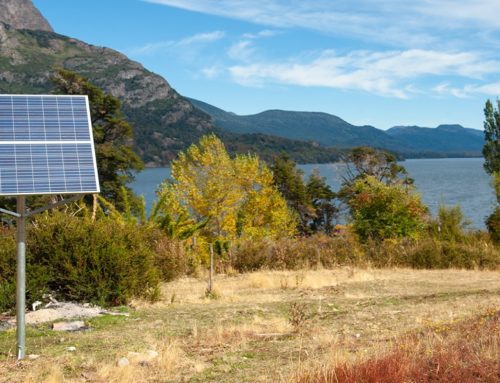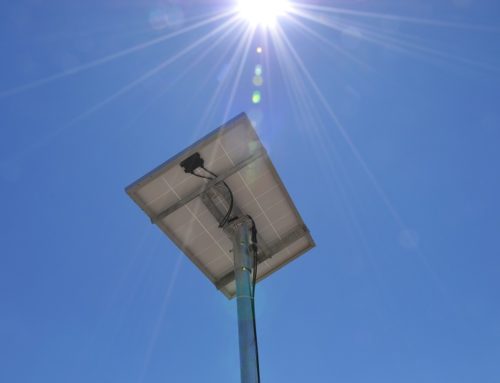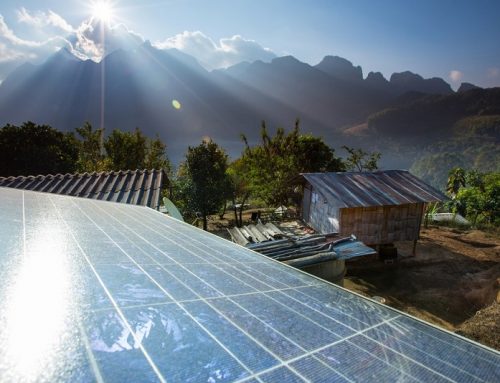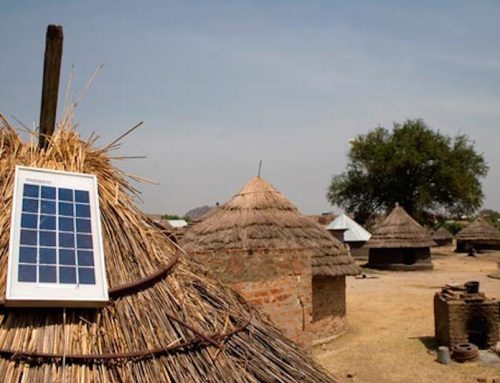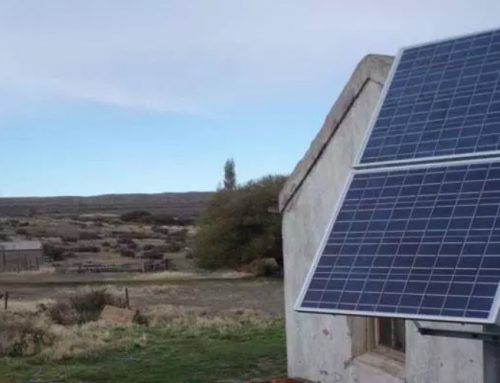While the IEA welcomes Cameroon electrification progress, energy access remains problematic in the rural areas of the country. To overcome the backwardness slowing down a full economic development, Cameroon should incorporate decentralised energy production systems into its national energy strategy.
Cameroon is progressively moving towards the universalisation of energy access throughout its territory.
Certainly, the journey ahead is long before achieving the target, but it also includes a number of satisfactions on the way. In this sense, the International Energy Agency (IEA) – in its latest report, titled Energy Access Outlook 2017 – praised the efforts made by the country. In fact, Cameroon’s electrification rate has more than tripled in only sixteen years, going from 20% of 2000 to 63% of last year. This result is all the more remarkable given that central Africa, in which Cameroon is located, remains the Sub-Saharan region where energy access is least assured, with an electrification rate that in 2016 amounted to only 25%. Nevertheless, a closer look reveals that the scope of such result is actually mixed and that the initial positive trend is gradually slowing down. In fact, despite the fact that in 2016 Cameroon urban centres reached the impressive electrification rate of 94%, this very percentage tumbles down if we also take into account rural areas: only 21% of them are connected to power grids. As further proof, in 2012 the Rural Electrification Agency (REA) reported a national coverage rate of 21.7% as regards rural electrification, with an inventory of only 2960 electrified localities (i.e. with access to modern electricity) out of a total of 13,634.
To narrow the energy gap existing between urban and rural areas, in March of this year the Cameroonian Ministry of Energy and Water issued the Rural Electrification Master Plan (in French: Plan Directeur d’Électrification Rurale, PDER). This governmental strategy aims at assuring access to an energy grid for almost the entire population. It also tries to encourage the use of renewable resources both for the electrification of remote areas, and for the development of the productive sectors. In fact, it envisages realising 50,000 power supply connections per year in rural areas over a 20-year period, for a total of 10,000 more localities connected to energy grids by 2035.
The current situation is particularly difficult due to the slow-paced progress accomplished in assuring energy to those towns which are far from the traditional electricity grid; this is worsened by a galloping demographic growth, alongside an inevitably increasing energy demand. In this context, the development of off-grid decentralised solar power systems, or of systems built around a mini-grid, proves to be appropriate. In fact, this solution would help stemming the tide of people abandoning rural areas, which is a problem severely affecting the country.
As a matter of fact, nowadays Cameroonian rural population outnumbers urban inhabitants; unfortunately, it is precisely in those rural regions that the lack of proper infrastructures and services is all the more problematic.
In order to correct this imbalance, the country has an incentive to turn to new technologies, in such a way as to leverage the strong potential shown in the field of renewable energy. All the more so given that the World Bank continues to allocate financial resources to the African governments, helping them making reforms aimed at assuring energy access to inhabitants of remote areas. What is more, alongside remarkable hydric resources, Cameroon enjoys a solar exposure rate of 4 KW/m² per day in the south and one of 5,8 KW/m² per day in the north. Moreover, a number of electrification projects with photovoltaic energy have also been considered by the Ministry of Energy and Water in partnership with private companies. Their goal is to provide rural areas with off-grid solar power systems. Besides, national and foreign small and medium-sized enterprises are given several opportunities in the framework of Cameroon rural electrification, going from transmission tower production and solar kit sale to small solar or hydric plant building.





